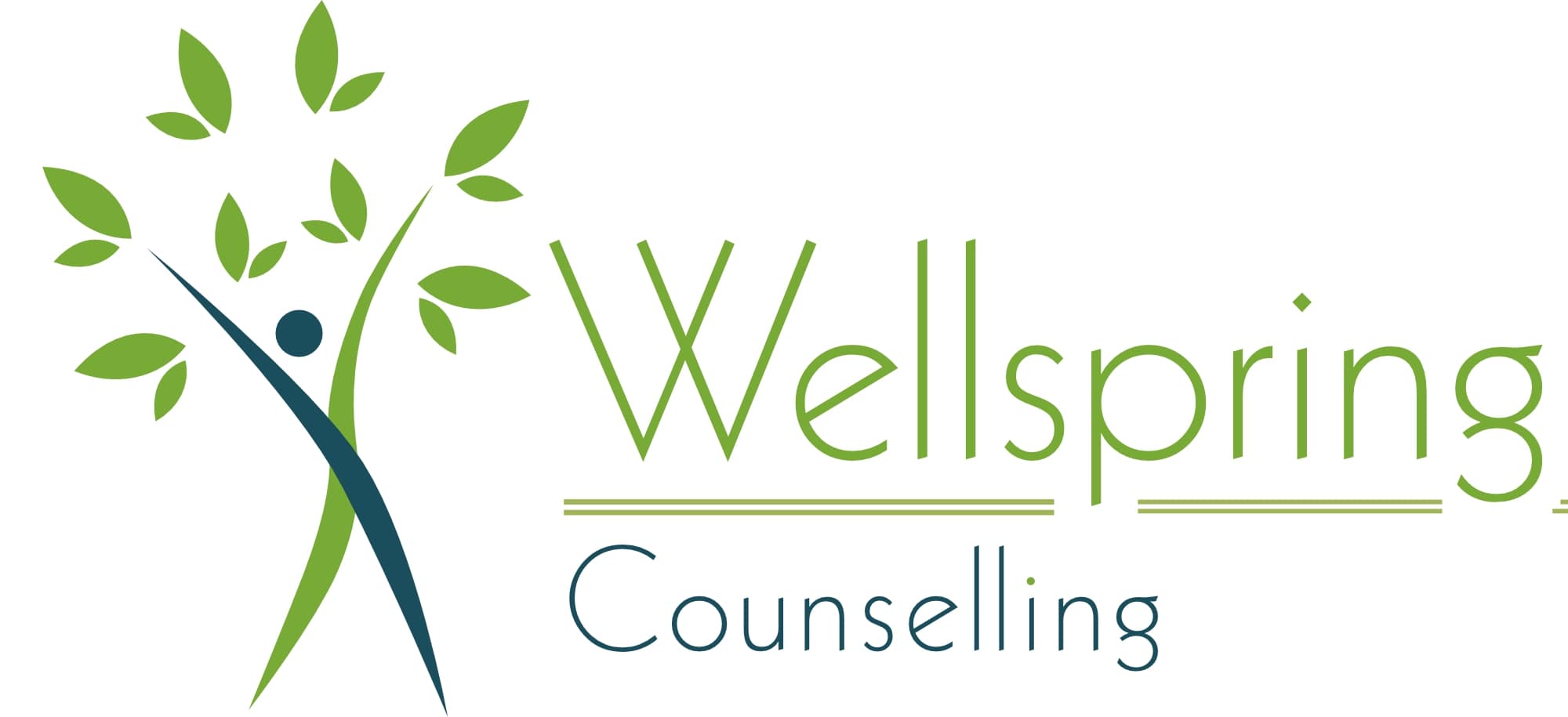Welcome to another insightful blog post from Wellspring Counselling Inc.! In today’s article, we will explore the fascinating world of emotions, delving into how they can be helpful, different ways of conceptualizing them, and how to process and express them effectively. We’ll also provide some experiential exercises designed to help you better understand and work with your emotions. Let’s begin!
The Helpfulness of Emotions
Emotions are a natural and essential part of being human. They serve as an inner compass, guiding our actions and decisions. Emotions help us communicate our needs and desires, foster connections with others, and provide valuable insights into our inner world.
Emotions can also point to unmet needs or areas of our lives that require attention, ultimately helping us grow and adapt to new situations. By understanding and working with our emotions, we can enhance our well-being and navigate life’s challenges more effectively.
Conceptualizing Emotions: Paul Ekman and Jaak Panksepp
There are different ways to understand and categorize emotions. Two notable figures in the field of emotion research are Paul Ekman and Jaak Panksepp.
Paul Ekman is best known for his work on facial expressions and the universality of emotions. He identified six basic emotions – happiness, sadness, fear, anger, surprise, and disgust – that are recognized and expressed similarly across cultures.
Jaak Panksepp, on the other hand, focused on the neuroscientific aspects of emotions. He proposed seven primary emotional systems that are hardwired into our brains: SEEKING, RAGE, FEAR, LUST, CARE, GRIEF, and PLAY. These systems guide our behaviors and underlie the various emotional experiences we encounter in our daily lives.
Action Tendencies in Emotion
An essential aspect of emotions is their ability to motivate action. Action tendencies are the automatic, often unconscious, impulses that drive us to respond to emotional stimuli in specific ways. For example, when we feel threatened, we may experience the action tendency to flee or defend ourselves. Understanding these action tendencies can help us identify the underlying emotional drivers and make more informed choices about how to respond to emotional situations.
Emotions as Indicators of Needs
Emotions can serve as valuable indicators of our needs and desires. When we feel emotionally distressed, it’s often a sign that one or more of our needs are not being met. By tuning into our emotions and reflecting on their possible meanings, we can gain a better understanding of our needs and take appropriate steps to address them.
Expression and Processing of Emotions in Therapy
Therapy is a safe and supportive space where you can explore, express, and process your emotions. Emotional expression is an important aspect of therapy, as it helps you identify and release feelings that may be causing distress. Processing emotions involves reflecting on their origins, understanding their purpose, and finding ways to integrate them into your life in a healthy and adaptive manner.
Understanding the Layers of Emotions
Emotions are complex and multi-layered. It’s important to recognize that there are different types of emotions and that they can serve various functions. Here are some distinctions:
- Primary Adaptive Emotions: These are natural and functional emotional responses to life events. They serve as important guides for action and are typically appropriate and helpful in a given context. Examples include fear in response to danger or sadness after a loss.
- Primary Maladaptive Emotions: These are emotional reactions that may have been adaptive at some point in our lives but are no longer helpful or appropriate. They often result from unresolved past experiences or unmet needs and can interfere with our ability to function effectively in the present. For example, excessive anger in response to minor setbacks may stem from unaddressed childhood trauma.
- Secondary Emotions: These are emotions that arise in response to other emotions, often as a way to cope with or mask underlying feelings. For example, feeling angry when we are actually hurt or sad can be a secondary emotion that helps us avoid vulnerability.
- Instrumental Emotions: These are emotions that we may consciously or unconsciously use to manipulate or influence others. For instance, we might display sadness to elicit sympathy or support from others, even if we don’t genuinely feel sad.
Experiential Exercises for Emotional Learning
The following exercises can help you gain a deeper understanding of your emotions and enhance your emotional well-being:
- Emotion Journaling: Set aside time each day to journal about your emotions. Write down the emotions you experienced throughout the day, the events that triggered them, and your responses to those emotions. Reflect on any patterns or insights that emerge from your journal entries.
- Body Scan Meditation: Practice a body scan meditation to cultivate awareness of the physical sensations associated with your emotions. Close your eyes, take a few deep breaths, and mentally scan your body from head to toe, noting any areas of tension, discomfort, or other sensations. As you identify these sensations, try to connect them with any emotions you might be experiencing.
- Emotion Role-Play: With a trusted friend or partner, practice role-playing different emotional scenarios. Take turns expressing various emotions and responding to one another’s emotional expressions. This exercise can help you develop empathy, improve your emotional communication skills, and better understand your own emotional responses.
- Emotional Art: Engage in creative activities, such as painting, drawing, or collage, to express and explore your emotions. Focus on the process rather than the end result, and allow yourself to experiment with different colors, shapes, and textures to represent your emotional experiences.
Emotions play a crucial role in our lives, guiding our actions, informing our needs, and connecting us with others. By understanding the various aspects of emotions, engaging in experiential exercises, and seeking support from a professional therapist, you can harness the power of your emotional world and enhance your overall well-being.
At Wellspring Counselling Inc., we’re here to help you navigate the complexities of your emotional landscape. Reach out to us to learn more about our services and to find the support you need on your journey to emotional health and personal growth.




